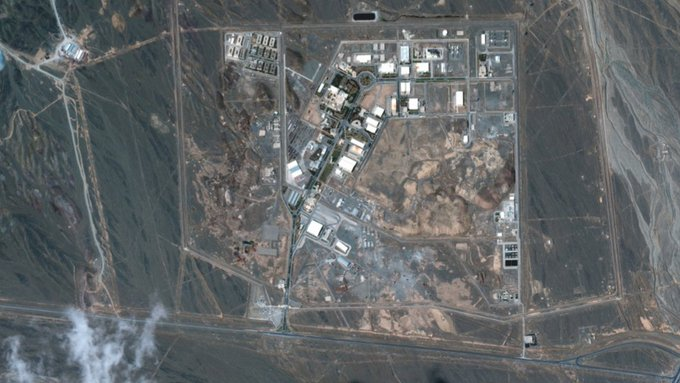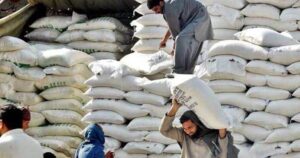The International Atomic Energy Agency (IAEA) has confirmed that no radiation leak occurred following an Israeli missile strike on Iran’s Natanz nuclear facility.
The attack, which damaged the above-ground uranium enrichment plant, raised serious international concern over the potential risks to regional safety and nuclear security.
Natanz Enrichment Facility Hit in Attack, No Radiation Leak Reported: IAEA
— The Khorasan Diary (@khorasandiary) June 16, 2025
Iran’s above-ground pilot uranium enrichment plant at Natanz was destroyed in an attack on Friday, according to International Atomic Energy Agency. Despite the extensive damage, authorities confirm that…
Despite the destruction of infrastructure, the IAEA reported that radiation levels at and around the Natanz site remain within safe limits.
The UN nuclear watchdog’s inspectors conducted immediate monitoring and verified that radioactive material had not been released. Iran’s Atomic Energy Organisation also confirmed that all nuclear materials remain secure and fully contained.
The Natanz facility, one of Iran’s most scrutinised and IAEA-monitored enrichment sites, was targeted in what Israeli Prime Minister Benjamin Netanyahu described as a direct hit on Iran’s nuclear capabilities. He claimed responsibility for striking “the heart” of Iran’s nuclear enrichment and ballistic missile programs.
Israel struck Iran's Natanz nuclear facility with bunker busters supplied by the United States.
— ADAM (@AdameMedia) June 13, 2025
Imagine radiation levels rise causing cancer and birth defects.
This is what the West + Israel does.
They have no right to tell anyone they can’t have nukespic.twitter.com/SWYjP20pMh
The IAEA’s statement plays a crucial role in calming fears of nuclear contamination. The agency’s radiation monitoring systems continue to function, and Iran remains in regular contact with IAEA headquarters in Vienna.
International law protects nuclear facilities from attack due to the severe humanitarian and environmental consequences of radiation release. In this case, global disaster was narrowly avoided — not because of restraint by the attacker, but because the facility’s design and safeguards held firm.
This strike marks yet another Israeli assault on civilian infrastructure, risking not only regional stability but also the safety of millions. The IAEA has not attributed blame but reiterated its call for restraint and protection of all safeguarded nuclear sites.












